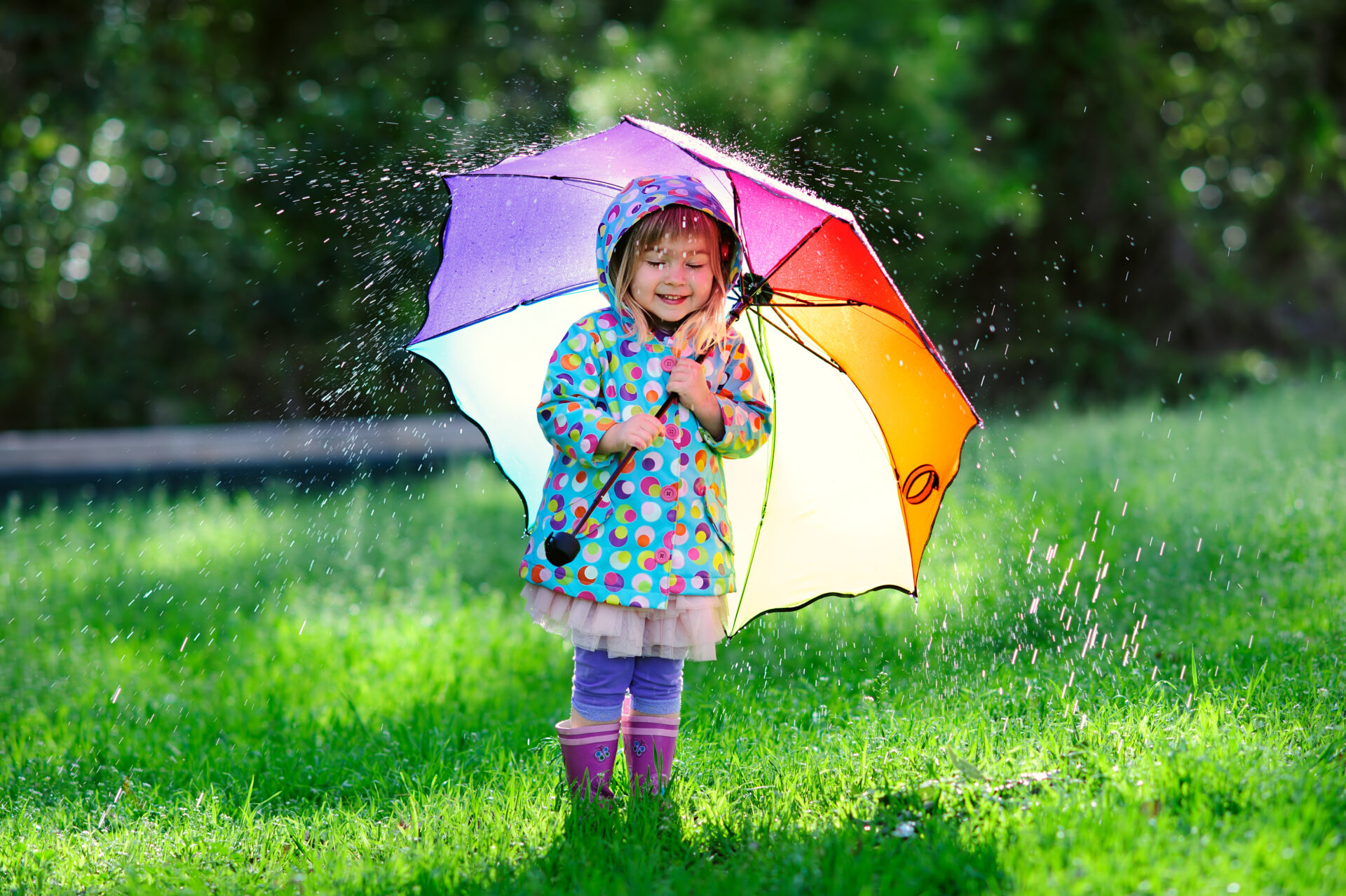News

PFAS in children’s clothing
Keeping children dry on rainy spring days often means reaching for raincoats and waterproof clothing to keep them warm and dry. But with very little information on product labels to explain what chemical substances may have been used to achieve water resistance, it’s difficult to navigate children’s waterproof clothing.
The most widely used group of chemicals in waterproof clothing are Per- and polyfluoroalkyl substances (PFAS). They are used to repel water and force it to bead on the surface of fabric, rather than penetrate the garment. So how widespread is its use in children’s clothing?
Testing clothing for PFAS
A report in 2023 published the findings of a study carried out across 13 countries where jackets and clothing were tested for the presence of Per- and polyfluoroalkyl substances (PFAS). 72 samples were tested, most of which were designed for children. More than 60% contained PFAS at detectable levels, and 16 had levels above the EU limit.
But in another study carried out by CHEM Trust children’s products sold in the UK were tested for levels of PFAS and of seven brands tested, only one contained PFAS, the remaining six were PFAS free.
Health concerns about PFAS
There are thousands of chemicals in the PFAS group. They are known as “forever chemicals” because they never break down and persist indefinitely in the environment. We are exposed to PFAS in drinking water, but wearing waterproof clothing treated with PFAS is also a concern.
PFAS are suspected to disrupt the functions of the endocrine system, and have been linked with higher incidences of cancer, bone density, reproduction, diabetes, and liver damage. Read our PFAS insights guide to learn more about this large group of chemical substances and the potential effects on our health. PFAS has been detected in both human urine samples and blood samples. It has recently been found in all tested samples of 7 European politicians, ‘with 5 exceeding levels of concern‘.
What are the alternatives to stay dry?
As the UK study highlights, manufacturers are beginning to respond to the call to produce products that offer good protection from water without reliance on PFAS, but its use remains widespread. A European wide ban of PFAS has been promised, but to date, little progress has been made. Until alternatives are found, many manufacturers continue to use PFAS within the legal guidelines.
If you are concerned about the potential health effects of exposure to PFAS, look for products manufactured without using PFAS chemicals. Take a close look at product labels and visit manufacturers websites to find out what they are using to manufacture their products. A recent ‘Which’ guide published in March gives a useful consumer summary.
If you prefer to avoid chemicals altogether in waterproof children’s clothing, here are some alternatives:
- Waxed organic cotton offers good water protection, and check with the manufacturer to ensure the wax is free from any harmful chemicals.
- Look for clothing made with Merino wool such as coats made using organic boiled wool.
- Make warm layers using wool yourself. You can add lanolin to fabrics and knitting wool to improve water resistance.
- Look for natural organic wellington rubber boots.
- If you choose clothing or footwear treated with waterproofing chemicals, add a layer of clothing against your child’s skin that is made from organic materials such as cotton or bamboo.
Read more about sustainable clothing without chemicals.
The information on our website should not be used as an alternative to medical advice from your doctor or other professional healthcare provider. If you have any specific questions about any medical matter, you should consult your doctor or other professional healthcare provider. Lastinghealth.com is not responsible for the content of external websites. The inclusion of a link to a third-party website should not be understood as an endorsement.
Photo credit: Natalia Kirichenko






